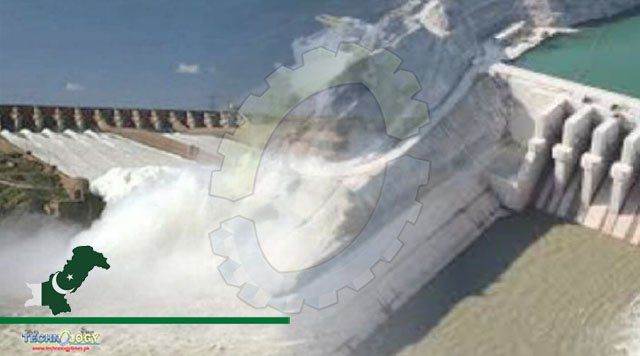Pakistan has a significant energy deficit of about 4,000MW, which makes it urgently in need of abundant and affordable energy.

Two strategic memorandums of understanding (MoUs) have been signed by the Water and Power Development Authority (WAPDA) and the Private Office of Sheikh Ahmed Dalmook Al Maktoum for the development of a floating solar power project with a capacity of up to 1000MW on existing water reservoirs and the rehabilitation, modernization, and capacity expansion of four hydropower projects in Pakistan.
Sheikh Ahmed Dalmook Al Maktoum and Chairman Lt. Gen. Sajjad Ghani (Retd) of WAPDA expressed their enthusiasm and interest in working together on long-term projects in Pakistan’s energy sector, with a focus on creating renewable energy solutions.
With a focus on WAPDA’s small hydropower projects in Pakistan, the MoUs seek to establish a framework of cooperation between the Private Office and WAPDA. This will make it easier for them to work together and explore investment opportunities in Pakistan’s energy sector.
In order to improve and restore hydropower projects in Renala, Rasul, Chichokimalian, and Nandipur, both parties have decided to work together.
The parties have mutually agreed to work together to determine whether these projects are technically and economically feasible as well as to create an implementation strategy.
The parties stated their intent to quickly contact the National Electric Power Regulatory Authority (NEPRA) in order to request a tariff structure for floating solar power projects. This action aims to make it easier to make the investments described in the MoUs and to give the planned ventures the support they require.
Pakistan has a significant energy deficit of about 4,000MW, which makes it urgently in need of abundant and affordable energy. Due to this shortage, customers have been subjected to 2-3 hour long power outages. Therefore, significant investment is urgently needed in Pakistan’s affordable energy sector.
The rise in the line and recovery losses indicates that increased power generation leads to additional losses.